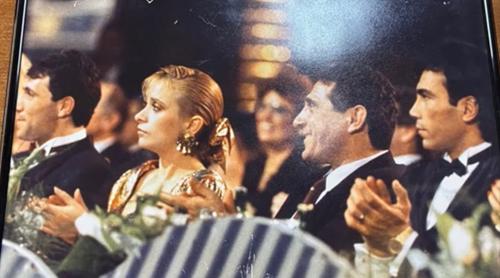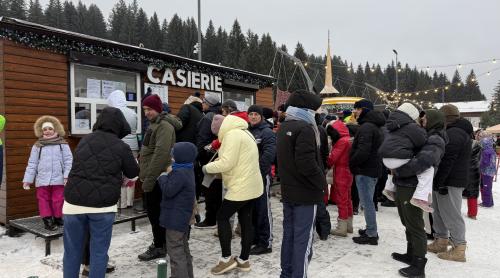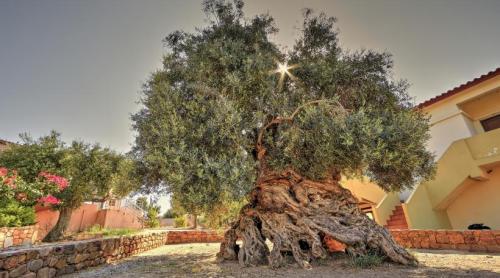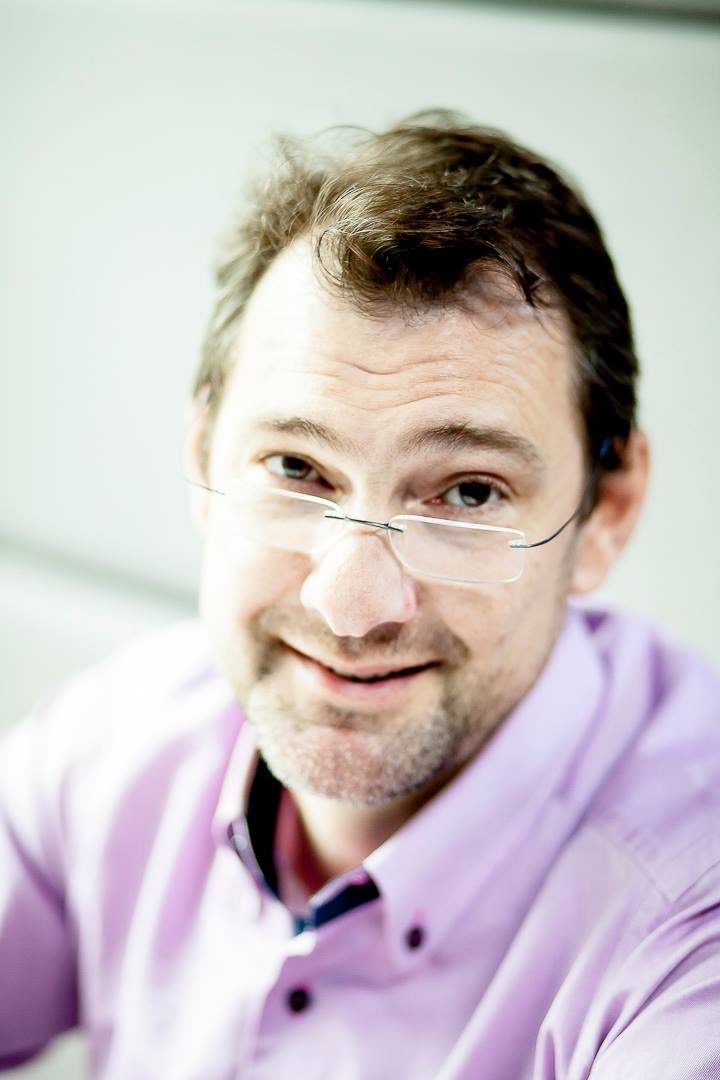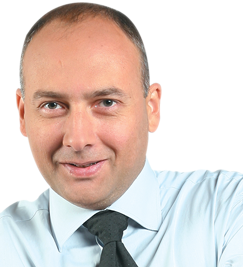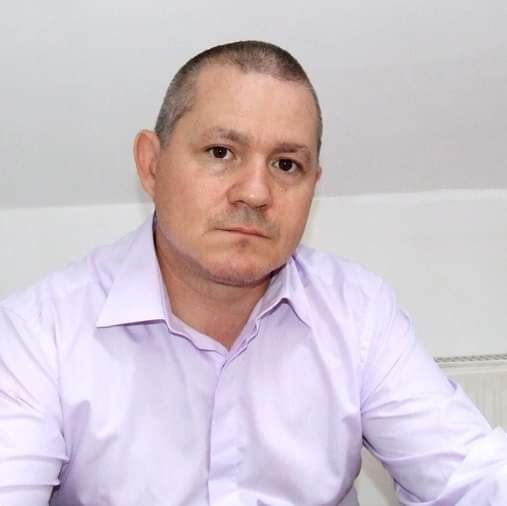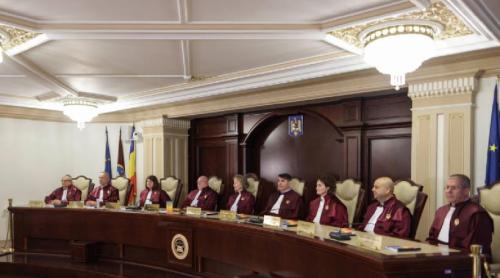
Romania, one of the main USA allies in the world anti-terrorist campaign, has hosted the joint Romanian - American drilll ROMEX-05, between the 19th of July and the 2nd of August.
I left in a hurry to find out how a Romanian-American drill looks like. It was the first time I took part in such an event. I knew that 1,500 American soldiers from the terrestrial and air forces would come to Romania and they would practice at Babadag and Kogalniceanu, together with 500 Romanian soldiers from the terrestrial, air and navy forces. IN AIR On our way to Babadag, we stopped at Kogalniceanu, at the military airport, where six A-10 where waiting for us. Four of them where about to get off the ground under the curious eyes of the few journalists present on the track under the close surveillance of Lieutenant Kristin Morrow, one of the few girls from the drillâs Press Center. We patiently waited for the pilots to get ready. Approximately one hour later, the planes took off. "A-10 flies at a low altitude and with a low speed", a pilot who remained on the ground told us. I left the airport with the thought that there wonât be another time for me to miss the cabin of an A-10. Together with Kristin, we left for Babadag. We took a dusty shortcut. We couldnât see a thing in front of us, except the corn and the grass on the sides of the road. THE OMNISCIENT When our patience got to its very end, and the dust outside covered our car, we were able to see the military base from Babadag. At the entrance, a few Black Hawks were calmly waiting for their masters. Further on, about 10 HMMWVs, two combat vehicles of the US infantry M2A2 Bradley and a lot of soldiers in similar uniforms. The equipment and the heavy stuff have been brought in Romania with a C-17 Globemaster III, at least this is what we found out later on from the one we continuously jumped at with questions, the one we called "the man who knew it all", Major Daniel Anghel, the drillâs press officer.|
70,000 $
|
|
Before coming to Romania, the American soldiers insisted on making a humanitarian gesture for the community surrounding the Babadag base. They financed the reconstruction of two kindergartens and two schools in Babadag, Visina and Jurilovca. A project of approximately 70,000 $. Money invested in materials, equipments and other services, all supplied by a company in Dobrogea. The Americans worked hand in hand with the locals to offer the little ones better conditions. Our soldiers helped as well. Together, they repaired the roofs, the fences, they built playgrounds, and they rearranged the green spaces surrounding the four buildings. At the Kindergarten no. 2 in Babadag, the Americans offered the approximately 20 kids the plates with the signs of their unit. A pleasant memory for the little ones who were very delighted at the received "decorations".
|
|
THE PATRIOTS
|
|
We met three Romanian-born American soldiers. Sergeant Bogdan Stanei, from Navodari, left Romania in 1991, at the age of eight. He enrolled as a reservist in the Texas National Guard, after finding out this was one of the cheap ways of going to college. He chose medical assistance, for which he receives a quarterly fee of 1,700$. Now, he lives on his own and works as a bartender in San Angelo. The demure Angela Corlatenu, a Caporal for three years, doesnât want to speak about her past in the native Republic of Moldova. She is 37 years old, even though she looks 25. She has three nationalities - Romanian, American and Moldavian. Now, she works for one of the personnel offices of the US Army, "a strong and respected organization". She is paid 1,700$ and leaves in a barrack in Maryland.
|
|
AFTER SADDAM
|
|
Lieutenant Mihai Sofronie, aged 26, has already taken part in a one-year long mission in Iraq. He left Romania in 1982. He got in the Army in 2002. Out of patriotism, but to cover his college costs as well. "I want to make a little thing to send back for America". At the age of eighteen, he joined the Pennsylvania National Guard. He was in Iraq once and he might do that again. Last year he was in Tikrit, Saddamâs native land. He admits he was a little scared. "The toughest mission was when I saw 40 people getting killed in a bus, at Fallujah". Mihaiâs parents had been very nervous during this mission. "I used to send them e-mails every night to tell them I was alright.
|
Citește pe Antena3.ro


